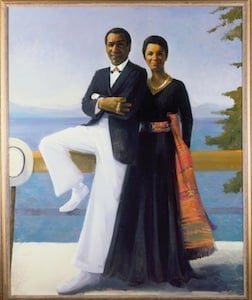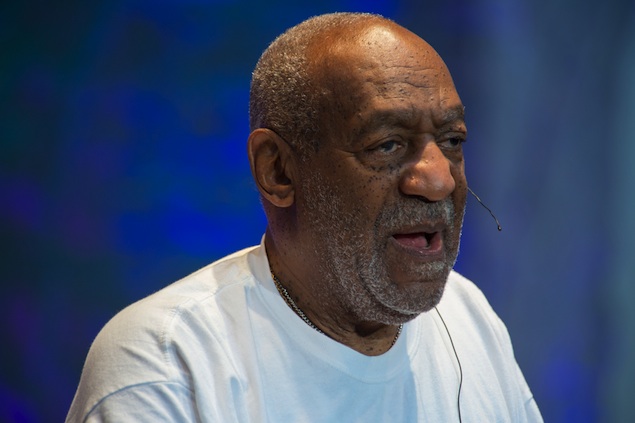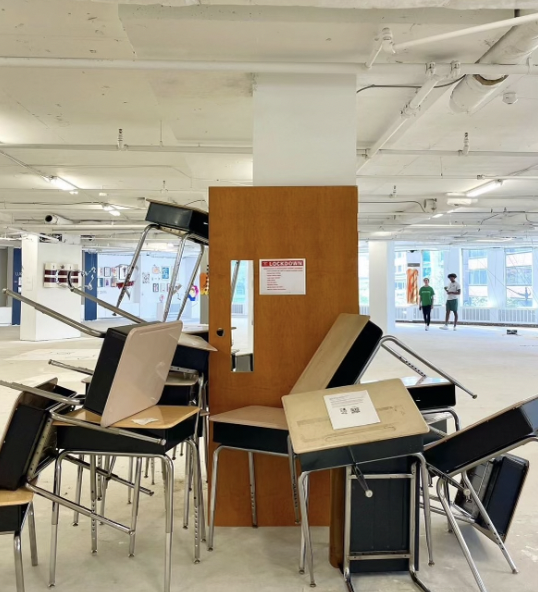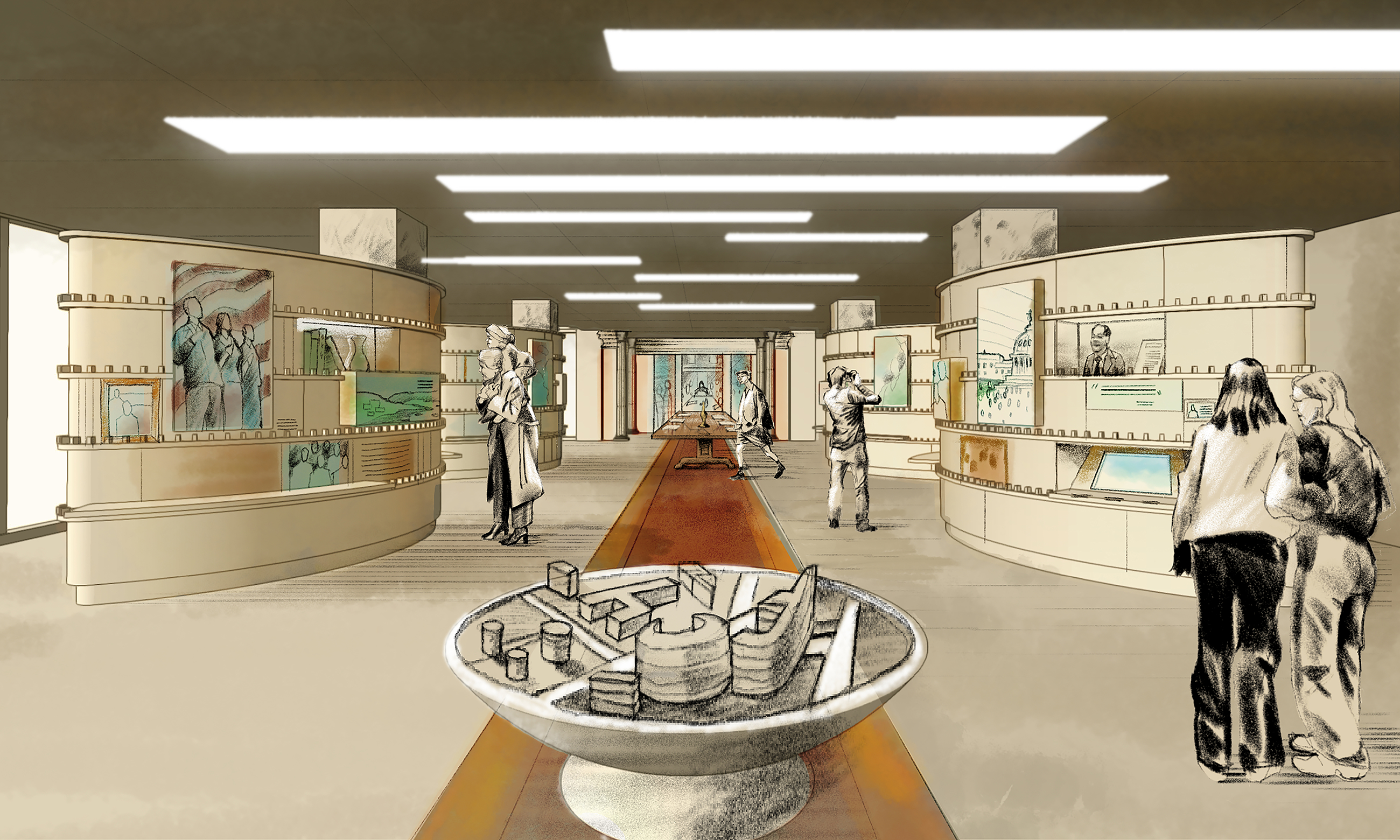Things have gone from bad to worse for Bill Cosby in the past few weeks: No fewer than 17 women have now accused the 77-year-old comedian of various acts of sexual abuse, spread over nearly five decades from 1965 to 2004. While Cosby remains stubbornly silent about the allegations, his stock continues to plummet: Netflix has postponed the release of his latest standup special, NBC has scrapped plans for his new sitcom, and TV Land pulled Cosby Show reruns from its lineup.

One organization that has not rushed to distance itself from the disgraced comedian: The Smithsonian. The National Museum of African Art earlier this month debuted the new exhibit “Conversations: African and African American Artworks in Dialogue,” which features 62 pieces from the private collection of Cosby and his wife, Camille (whom he met in DC). The decision drew criticism even before the latest accusations surfaced, but the institution has stood firm on the matter and has not altered or pulled the exhibit, scheduled to be on display until 2016. On Monday the museum released a statement addressing the issue, which somewhat snippily denies the idea that Cosby’s alleged misconduct should have any impact on how the exhibit is perceived. “Exhibiting this important collection does not imply any position on the serious allegations,” it reads. “The exhibition is centrally about the artworks and the artists who created them.”
That’s a tough leg to stand on, as art critic Tyler Green pointed out to the Atlantic: “When you choose to launch a show about a collector, rather than a show about art, you’re putting the collector on the pedestal, rather than artists and art and its history.” The Cosbys’ involvement is still front and center in the marketing of the exhibit, which could not only dissuade people from visiting the exhibit on principle, but also sets up the Smithsonian to be very much on the wrong side of history. In 2010, a barrage of phone calls to the National Portrait Gallery claiming a video piece by David Wojnarowicz was “anti-Christmas” (it depicted ants crawling over a crucifix) led to then-Secretary Wayne Clough pulling the work from the exhibit. It’s unclear why the specter of serial sexual abuse—or, on a more self-serving note, the stench of scandal—fails to warrant the same consideration.
Read the museum’s full statement below.
The National Museum of African Art’s mission is to inspire conversations about the beauty, power and diversity of African arts and cultures. We began planning for the “Conversations” exhibition two years ago to help showcase the history of American art created by persons of African descent. It brings the public’s attention to artists whose works have long been omitted from the study of American art history. We are aware of the controversy surrounding Bill Cosby, who, along with his wife Camille, owns many of the works in the “Conversations” exhibition. Exhibiting this important collection does not imply any position on the serious allegations that have been made against Mr. Cosby. The exhibition is centrally about the artworks and the artists who created them.
















